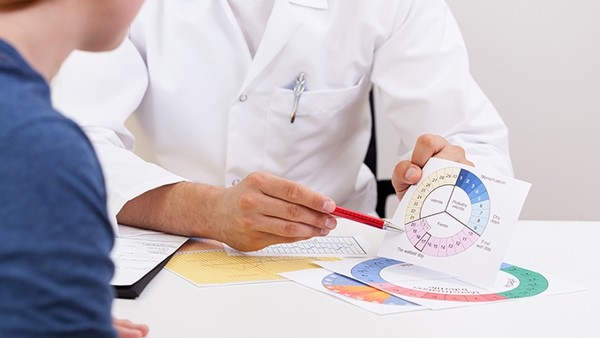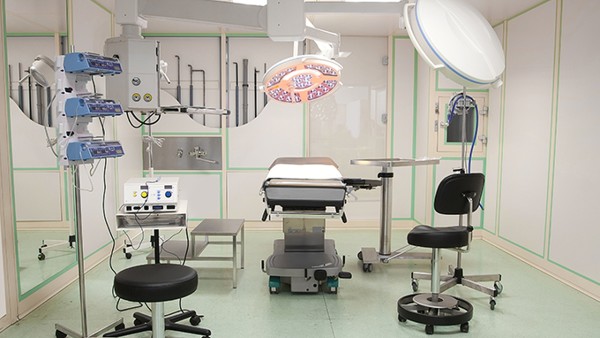Six Situations Warrant a Caesarean Section

Introduction
A caesarean section, also known as a C-section, is a surgical procedure that involves making an incision in the abdomen and uterus to deliver a baby. It is typically performed when a vaginal delivery is not possible or advisable.
Six Situations Warranting a Caesarean Section
1. Maternal factors:
Cephalopelvic disproportion (CPD): This occurs when the baby's head is too large or the mother's pelvis is too small to allow for a vaginal delivery.
Placenta previa: This is a condition in which the placenta covers the cervix, blocking the baby's exit.
Abruptio placentae: This is a serious condition in which the placenta separates from the uterus before the baby is born.
Preeclampsia: This is a hypertensive disorder of pregnancy that can cause seizures and other complications.
2. Fetal factors:
Fetal distress: This occurs when the baby's heart rate or other vital signs indicate that it is in distress.
Breech or transverse presentation: This occurs when the baby is not in the normal head-down position.
Other Considerations
In addition to the above six situations, there are other factors that may increase the risk of needing a caesarean section, including:
Multiple pregnancy: Carrying twins or more can increase the chances of a C-section.
Previous caesarean section: Having a C-section in a previous pregnancy increases the risk of needing one in subsequent pregnancies.
Maternal age: Women over 35 are more likely to need a C-section.
Obesity: Being overweight or obese can increase the risk of complications during vaginal delivery.
Procedure
A caesarean section typically involves the following steps:
The mother is given an epidural or spinal block to numb the lower part of her body.
The doctor makes an incision in the abdomen and uterus.
The amniotic sac is opened and the baby is delivered.
The placenta is removed.
The uterus and abdomen are closed with stitches.
Recovery
After a caesarean section, the mother will typically stay in the hospital for a few days. During this time, she will be given pain medication and antibiotics to prevent infection. She will also need to get up and move around as soon as possible to prevent blood clots.
Risks
Caesarean sections are generally safe procedures, but there are some risks involved, including:
Bleeding: Excessive bleeding can occur during or after the procedure.
Infection: The incision and uterus can become infected.
Blood clots: Blood clots can form in the legs or lungs after a caesarean section.
Damage to the uterus: The uterus can be damaged during the procedure.
Risk of future complications: Women who have had a caesarean section are more likely to need one in subsequent pregnancies.
Conclusion
Caesarean sections are major surgical procedures that are typically performed when a vaginal delivery is not possible or advisable. There are a number of factors that can increase the risk of needing a C-section, including maternal factors, fetal factors, and other considerations.
Important note: This article provides general information about caesarean sections. It is important to consult with your doctor to discuss your individual risks and benefits before making any decisions about delivery.
The above is all the content that the editor wants to share with you. I sincerely hope that these contents can bring some help to your life and health, and I also wish that your life will be happier and happier.
Topic: #situations #six #warrant












